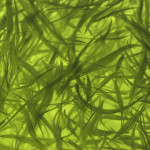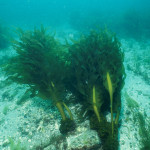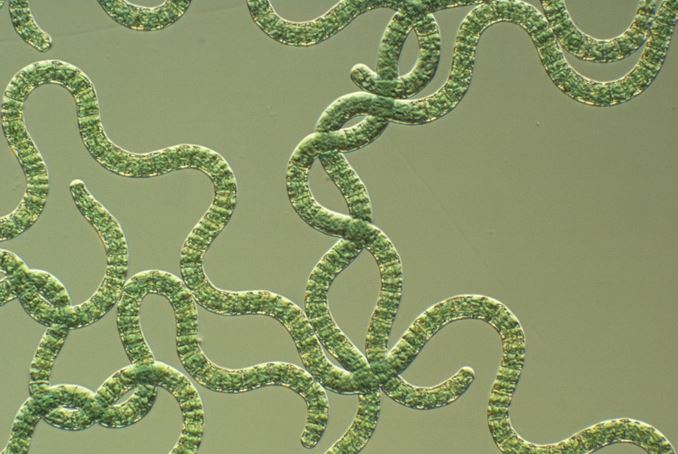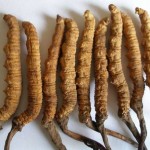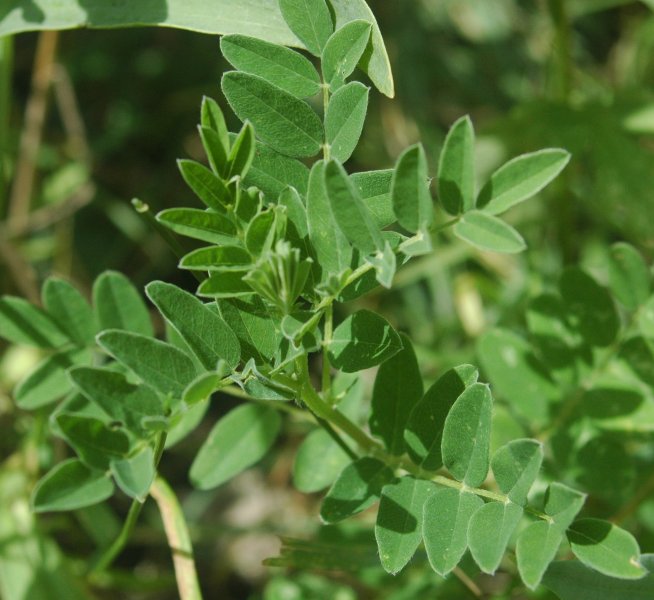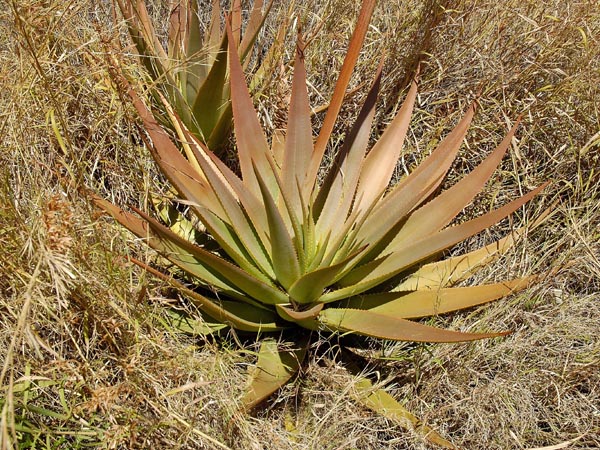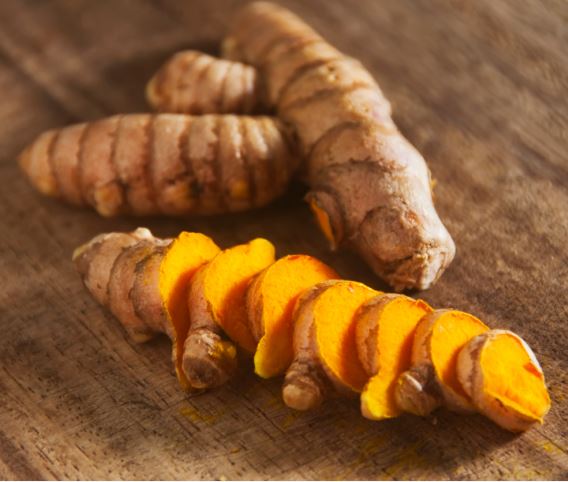Increase the amount of bone marrow adult stem cells you release
There are three main plants that are extraordinarily good at promoting the release of Adult Bone Marrow Stem Cells. The amazing properties of these three super food super stars has been extracted and incorporated into an easily taken supplement capsule that is scientifically proven to significantly improve performance of the three of these natural medicine giants when used parallel with one an another.
Extracts of some of the following plants have been combine into an easily taken supplement capsule Cerule StemEnhance® Ultra that is taken once or twice a day and will increase the release of Adult Bone Marrow Stem Cells by up to 30 percent for 3 hours. This all natural plant based set of extracts in this supplement form produces truly amazing results.
Cerule StemEnhance® Ultra contains (Aphanizomenon flos-aquae
concentrate) 475 mg”
Aphanizomenon flos-aquae “AFA” is documented to support the natural release of adult stem cells from bone marrow. This amazing plant is a relative new comer on the super food/natural medicine world, with the first consumption of it being documented in the late 70’s and it’s popularity steady growing ever since, it is the true “Super Star of Adult Bone Marrow Stem Cell Release”. This particular type of wild blue-green algae that populates its natural habitat – a giant shallow body of water known as Klamath Lake in Oregon. At 125 square miles, Klamath Lake is the largest lake in Oregon. It is also a relatively high altitude, 4,139 feet above sea level. It is rich in compounds that provide antioxidants.
A measurement called the “oxygen radical absorbance capacity” (ORAC) is used to determine free radical scavenging capacity of foods and other substances purported to contain antioxidants. Italy’s University of Urbino Carlo Bo applied the ORAC method to edible AFA. The outcome was positive in favor of researchers supporting the use of AFA as a dietary antioxidant supplement to relieve oxidative stress.
The University of Urbino Carlo B conducted another study designed to evaluate the ability of AFA to provide defense against oxidative damage to normal human red blood cells and plasma. Results suggested AFA lowered oxidative damage in both. Furthermore, AFA delayed the depletion of enzymes that are beneficial to the body.
A Japanese study found that a product containing blue-green algae from lake Klamath exhibited considerable antioxidant activity and was an effective adaptogenic; that is, a substance that helps the body adapt to protect against stressors.
Research conducted by Italy’s Department of Neurorehabilitation at Villa Salus Hospital evaluated the vitamin B12 levels of 15 vegan subjects who had supplemented with an algae product from Lake Klamath and found their B12 levels increased over a control group. Although not absolutely conclusive, researchers believed the preliminary research supported the argument that AFA is a reliable source of vitamin.
Cerule StemEnhance® Ultra contains: Fucoidan 80% (Undaria
pinnatifida extraxt) 75 mg
Undaria pinnatifida is a salt water marine alga from pristine ocean environments around the world, and is well known to support the immune system. Fucoidan extract from Undaria Pinnatifida has been documented to support a long-lasting increase in the number of circulating stem cells. Fucoidan has been known to fight off diseases, act as an anti-inflammatory, and can even help with the self-destruction of cancer cells.
Brown seaweeds such as wakame, mozuku, hijiki, bladder wrack, and kombu all carry beneficial amounts of this natural ingredient, which has the ability to naturally stabilize health, reinforce the immune system, and speed up the recovery process of many viruses and diseases.
Fucoidan benefits have become more widely studied over the past several years because of this natural compound’s ability to ward off everything from small illnesses such as the common cold to deadly illnesses such as cancer and liver fibrosis. Because of its ability to protect healthy cells, the body’s natural resistance against disease is increased substantially.
StemEnhance® Ultra contains: Mesenkine (Spirulina plantensis
extract) 475 mg
Arthrospira Platensis “Spirulina” is clinically proven to reduce inflammation in the human body and also helps prevent cancer, according to the University of Maryland Medical Center, “A number of animal and test tube studies suggest that spirulina increases production of antibodies, infection-fighting proteins, and other cells that improve immunity and help ward off infection and chronic illnesses such as cancer.
Benefits have also been shown to prevent atherosclerosis and reduce elevated blood cholesterol levels. Researchers also discovered that the spirulina supplementation lowered intimal aorta surface by 33% to 48%, which suggests that it can prevent atherosclerosis and subsequently lowers the chance of stroke. It speeds up weight loss through a variety of mechanisms as it takes more energy to metabolize. Lowers blood pressure, Phycocyanin is a blue pigment found in the spirulina that scientists have discovered possesses antihypertensive effects.
Spirulina platensis is a blue-green alga used as a dietary supplement because of its hypocholesterolemic properties. Among other bioactive substances, it is also rich in tetrapyrrolic compounds closely related to bilirubin molecule, a potent antioxidant and anti-proliferative agent.
Proven Clinical Studies
Through multiple clinical trials, StemEnhance® Ultra was documented to optimize stem cell function in the body by increasing the number of both stem cells and Endothelial Progenitor Cells (ECPs) in the blood circulation, supporting optimum renewal and repair of tissues and organs.
StemEnhance® Ultra also contains Mesenkine ™ that was shown to increase the blood concentration of G-CSF that lays a key role in stem cell release
Other plants that will help increase the release of bone marrow stem cells
Cordyceps sinensis also known as He Shou Wu is a synergistic ingredient that has been associated with stamina and longevity, and a wide variety of health benefits. When used with AFA Concentrate, fucoidan from Undaria pinnatifida and Polygonum multiflorum extract, it has been documented to synergistically support stem cell release.
It Contains nucleosides, sterides, polysaccharides, proteins, essential amino acids, vitamins and minerals. Other chemical constituents are adenine, adenosine, cholesteryl palmitate, D-mannitol (also called cordycepic acid). ergosterol peroxide, guanidine, hypoxanthicine nucleoside, thymine, thymidine, uracil, uridine, 3′-deoxyadenosine.
Cordyceps has been found to possess antioxidant properties in some clinical studies. Cordyceps extracts has been tested to inhibit the oxidation of linoleic acid as well as its scavenging activity against other oxidizing agents such as hydrogen peroxide, superoxide anion and others.
The antioxidant property of Cordyceps sinensis may be attributed to the polyphenolic and flavonoid constituents found therein.
These constituents have been established in other scientific studies to protect against free radical scavengers. Cordyceps sinensis extract has inhibition activity against superoxide anion generation and elastase release. This result suggested that Cordyceps sinensis extract maybe a natural alternative to prevent inflammation.
Astragalus (Astragalus membranaceous) has been used in Traditional Chinese Medicine for thousands of years. It was often combined with other herbs to strengthen the body against disease. Astragaus is called an adaptogen, meaning it helps protect the body against various stresses, including physical, mental, or emotional stress.
Astragalus may help protect the body from diseases such as cancer and diabetes. It contains antioxidants, which protect cells against damage. Astragalus is used to protect and support the immune system, preventing colds and upper respiratory infections, lowering blood pressure, treating diabetes, and protecting the liver.
Astragalus has antibacterial and anti-inflammatory properties. People sometimes use it on the skin for wound care. In addition, studies have shown that astragalus has antiviral properties and stimulates the immune system, suggesting that it may help prevent colds. In the United States, researchers have looked at astragalus as a possible treatment for people whose immune systems have been weakened by chemotherapy or radiation. In these studies, astragalus supplements seem to help people recover faster and live longer. Research on using astragalus for people with AIDS has produced mixed results.
Recent research in China suggests that, because astragalus is an antioxidant, it may help people with severe forms of heart disease, relieving symptoms, lowering cholesterol levels, and improving heart function. At low-to-moderate doses, astragalus has few side effects. However, it does interact with a number of other herbs and prescription medications. Astragalus may also be a mild diuretic, meaning it helps rid the body of excess fluid.
Source: Astragalus | University of Maryland Medical Center
Aloe has been used for the treatments of various ailments dating back almost 6000 years. Aloe was found engraved in an Egyptian temple fresco dating back 4000 BC, and a Sumerian clay tablet dating around 2,200 BC mentioned the great healing power of aloe. The first detailed description of aloe’s medicinal value can be found in the Ebers Papyrus written around 1550 BC in Egypt, describing the use of whole leaves, fresh gel, sap, and dried gel [1]. There are more than 450 species of aloe coming from various parts of Africa and South America, and from the island of Madagascar that contains unique species endemic to the island. One such species is Aloe macroclada that has been used for centuries by the local residents as a remedy for a wide number of ailments, including cardio-vascular diseases, hypertension, pulmonary infections, rheumatism, asthenia, and diabetes. It is traditionally considered by the Malagasy people as a factor of rejuvenation and longevity.
In Madagascar, the method of preparing A. macroclada has been passed down from generations to generations, and still today small round pellets of A. macroclada can be found in local markets. In brief, aloe plants are cut from the ground and hung on top of a bucket to collect the juice and gel. The plant is then charred and the ash is blended with the juice. The resulting blend is then rolled into small pellets whose moisture is adjusted by adding some gel, as needed, and then sun dried. Each dried bead-shape pellet weighs an average of 110 mg and the common dosage is three pellets a day taken orally.
The active compounds and nutrients generally found in Aloe spp. include a wide range of minerals, essential amino acids, vitamins, tanins, aloetin, aloin, and polysaccharides such as polymannose and immune-modulating acemannan [2-4]. Other polysaccharidecontaining plants that have been historically associated with broad spectra of health benefits were shown to act at least in part by supporting the mobilization of bone marrow stem cells into the peripheral blood circulation [5,6], thereby increasing the number of circulating stem cells available to participate to the process tissue repair [7]. In this study we investigated the effect of A. macroclada on stem cell mobilization, which would provide a mechanism of action for the various health benefits associated with A. macroclada
Turmeric (Curcuma longa) has been used for 4,000 years to treat a variety of conditions. Studies show that turmeric may help fight infections and some cancers, reduce inflammation, and treat digestive problems.
Many studies have taken place in test tubes and animals. Turmeric may not work as well in humans. Some studies have used an injectable form of curcumin, the active substance in turmeric, and not all studies agree. Finally, some of the studies show conflicting evidence.
Turmeric is widely used in cooking and gives Indian curry its flavor and yellow color. It is also used in mustard and to color butter and cheese. Turmeric has been used in both Ayurvedic and Chinese medicine as an anti-inflammatory, to treat digestive and liver problems, skin diseases, and wounds.
Curcumin is also a powerful antioxidant. Antioxidants scavenge molecules in the body known as free radicals, which damage cell membranes, tamper with DNA, and even cause cell death. Antioxidants can fight free radicals and may reduce or even help prevent some of the damage they cause.
In addition, curcumin lowers the levels of two enzymes in the body that cause inflammation. It also stops platelets from clumping together to form blood clots.
Research suggests that turmeric may be helpful for the following conditions:
Indigestion or Dyspepsia
Curcumin stimulates the gallbladder to produce bile, which some people think may help improve digestion. The German Commission E, which determines which herbs can be safely prescribed in Germany, has approved turmeric for digestive problems. And one double-blind, placebo-controlled study found that turmeric reduced symptoms of bloating and gas in people suffering from indigestion.
Ulcerative colitis
Turmeric may help people with ulcerative colitis stay in remission. Ulcerative colitis is a chronic disease of the digestive tract where symptoms tend to come and go. In one double-blind, placebo-controlled study, people whose ulcerative colitis was in remission took either curcumin or placebo, along with conventional medical treatment, for 6 months. Those who took curcumin had a significantly lower relapse rate than those who took placebo.
Stomach Ulcers
Turmeric does not seem to help treat stomach ulcers. In fact, there is some evidence that it may increase stomach acid, making existing ulcers worse. (See “Precautions” section.)
Osteoarthritis
Because of turmeric’s ability to reduce inflammation, researchers have wondered if it may help relieve osteoarthritis pain. One study found that people using an Ayurvedic formula of herbs and minerals with turmeric, winter cherry (Withinia somnifera), boswellia (Boswellia serrata), and zinc had less pain and disability. But it’s impossible to know whether turmeric, one of the other supplements, or all of them together, was responsible for the effects.
Heart Disease
Early studies suggested that turmeric may help prevent atherosclerosis, the buildup of plaque that can block arteries and lead to heart attack or stroke. In animal studies, an extract of turmeric lowered cholesterol levels and kept LDL (bad) cholesterol from building up in blood vessels. Because it stops platelets from clumping together, turmeric may also prevent blood clots from building up along the walls of arteries. But a double-blind, placebo-controlled study found that taking curcumin, the active ingredient in turmeric, at a dose of up to 4 g per day did not improve cholesterol levels.
Cancer
There has been a great deal of research on turmeric’s anti-cancer properties, but results are still very preliminary. Evidence from test tube and animal studies suggests that curcumin may help prevent or treat several types of cancers, including prostate, breast, skin, and colon cancer. Tumeric’s preventive effects may relate to its antioxidant properties, which protect cells from damage. More research is needed. Cancer should be treated with conventional medications. Don’t use alternative therapies alone to treat cancer. If you choose to use complementary therapies along with your cancer treatment, make sure you tell all your doctors.
Bacterial and Viral Infections
Test tube and animal studies suggest turmeric may kill bacteria and viruses, but researchers don’t know whether it would work in people.
Uveitis
A preliminary study suggests curcumin may help treat uveitis, an inflammation of the eye’s iris. Preliminary research suggests that curcumin may be as effective as corticosteroids, the type of medication usually prescribed. More research is needed.
Neurodegenerative Conditions
Tumeric’s powerful antioxidant, anti-inflammatory, and circulatory effects may help prevent and treat neurodegenerative diseases, including Alzheimer disease, Parkinson disease, multiple sclerosis, and other conditions.
Source: Turmeric | University of Maryland Medical Center
http://umm.edu/health/medical/altmed/herb/turmeric

